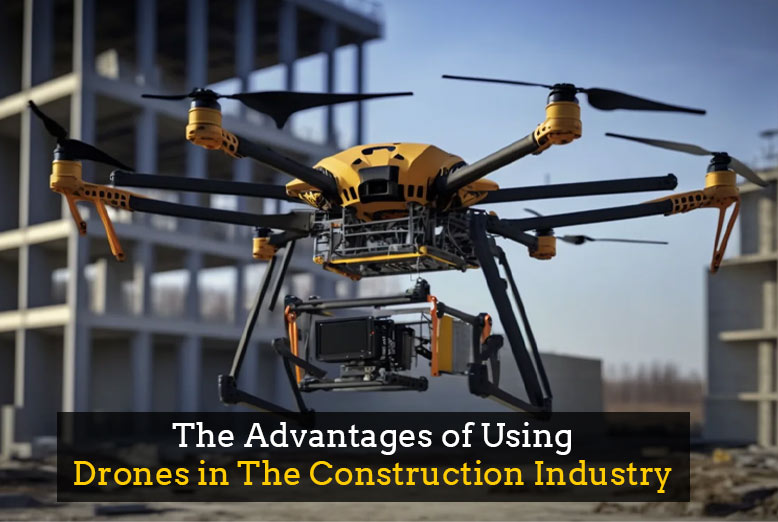Unmanned aerial vehicles, better known as drones, have been used to innovate different industries within the past years, and one of their most valuable contributions has been inspections and maintenance. This includes using them in construction, energy, and infrastructure management to provide ways for organizations to save time, enhance efficiency, and build up safety.
Cost Savings
Perhaps most relevant from a cost-saving viewpoint, some of the biggest advantages of drones are mainly associated with their capability to carry out inspections without always needing the high-value scaffolding, lifts, and cranes. Traditional methods of inspection require much heavy machinery and heavy labor to reach inaccessible areas, which tends to increase the cost. Drones, instead, can fly directly to these locations, capturing high-resolution images and videos that allow for more detailed assessments. This negates the need for expensive machinery, reduces overall costs since labor is cheaper, and makes such inspections more viable and affordable.
Minimizing Downtime
This greatly cuts down on inspection times, which could add up to huge savings. For any company operating vital infrastructure, each single hour of downtime means lost revenue amounting to thousands of dollars. In contrast to traditional approaches, which take days or even weeks, drones build up comprehensive data in a few hours. The speed and efficiency at which drones capture data facilitate business elements to highlight and resolve issues more quickly, reducing operational downtime and enhancing uptimes.
Enhancing Safety
Inspections in hazardous environments, such as high-voltage power lines, tall structures, or confined spaces, are extremely dangerous for the workers. The deployment of drones will reduce, to a minimum, the number of human interventions in dangerous situations. This protects not only the employees but also reduces the possibilities of accidents that could result in expensive lawsuits, insurance claims, and regulatory fines. Drone technology investments are proactive to save both personnel and money.
Extending Equipment Lifespan
Drones perform well in routine inspections so important to keep the reach of preventive maintenance. With the regular surveillance of assets, drones are able to outline early signs of wear and tear, corrosion, or structural damages. In addition, using drone services will further decrease the upfront cost and maintenance cost associated with owning and operating your own fleet of drones. This will provide ample opportunity for taking remedial measures before the snag develops into major defaults, thereby prolonging the equipment and infrastructure life. This will, therefore, save organizations from too many costly emergency repairs and unexpected downtime to ensure a better return on investment over time.
Inspections and Maintenance
As drones continue to evolve, so will their cost-saving potential in inspections and maintenance increase. Innovations such as AI-powered analytics and thermal imaging have substantially improved problem detection with actionable insight through the use of drones. These will further enable businesses to make even wiser, data-driven decisions and thereby further optimize their businesses. Adopting drones today is not about cost-cutting; it’s about staying ahead in an increasingly competitive landscape.
This is a game-changing perspective for any business in terms of inspection and maintenance. Drones lower costs, minimize risks, and promote efficiency-each of which justifies its raison d’être as an indispensable tool for the forward-looking organization. Implementing it either through in-house operations or professional drone services can yield huge dividends competitively while assuring long-term savings.
Also Read: GAIL to use drones for a purpose of secured gas pipelines




















